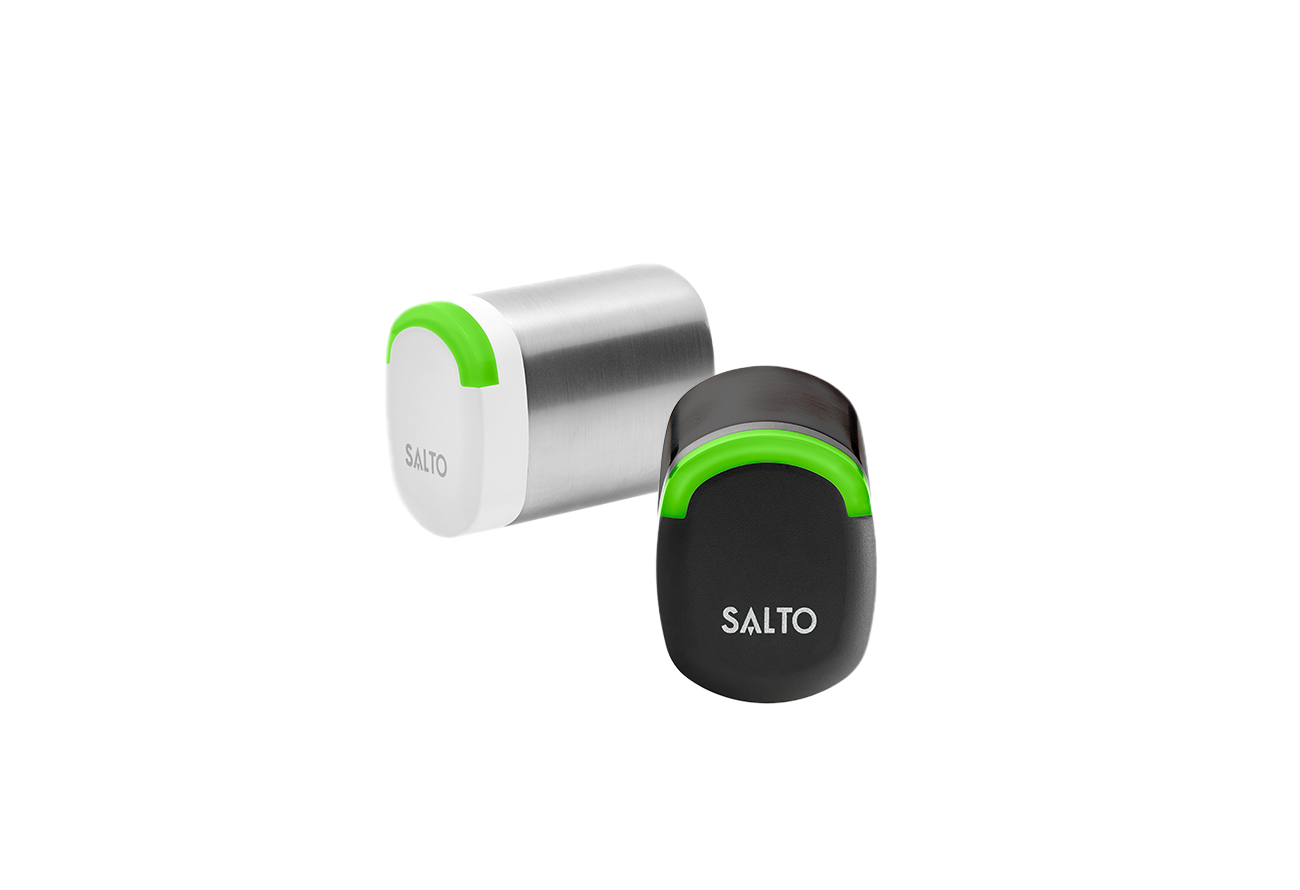Help and Support
Choose your location and language settings
Hong Kong
|English
Global
Germany
Switzerland
United Kingdom
Ireland
France
Netherlands
Belgium
Spain
Portugal
Italy
Russia
Poland
Czech Republic
Denmark
Sweden
Norway
Finland
USA
Canada
Mexico
Colombia
Chile
China
Korean
Singapore
Hong Kong
Vietnam
Japan
Australia / New Zealand
UAE
Saudi Arabia
South Africa
India
FAQs
